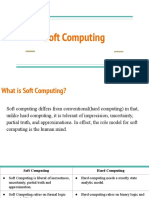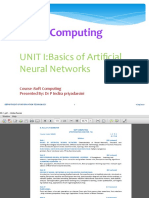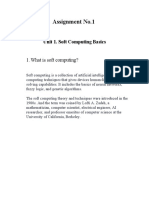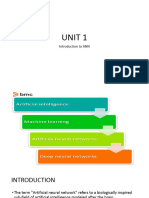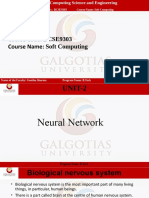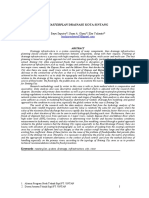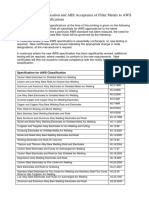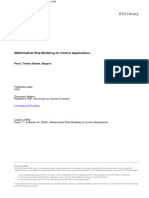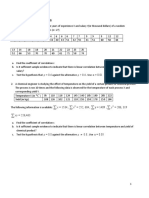0% found this document useful (0 votes)
16 views4 pagesSoft Computing Notes 1
The document discusses the differences between soft computing and hard computing, highlighting that soft computing is more suitable for complex, uncertain real-world problems due to its flexibility and ability to handle imprecise data. It also explains neural networks, their structure, advantages, and applications in various fields such as computer vision, natural language processing, and healthcare. Additionally, it outlines the biological components of neurons and their relevance to artificial neural networks.
Uploaded by
yashvardhan7452Copyright
© © All Rights Reserved
We take content rights seriously. If you suspect this is your content, claim it here.
Available Formats
Download as PDF, TXT or read online on Scribd
0% found this document useful (0 votes)
16 views4 pagesSoft Computing Notes 1
The document discusses the differences between soft computing and hard computing, highlighting that soft computing is more suitable for complex, uncertain real-world problems due to its flexibility and ability to handle imprecise data. It also explains neural networks, their structure, advantages, and applications in various fields such as computer vision, natural language processing, and healthcare. Additionally, it outlines the biological components of neurons and their relevance to artificial neural networks.
Uploaded by
yashvardhan7452Copyright
© © All Rights Reserved
We take content rights seriously. If you suspect this is your content, claim it here.
Available Formats
Download as PDF, TXT or read online on Scribd
/ 4















